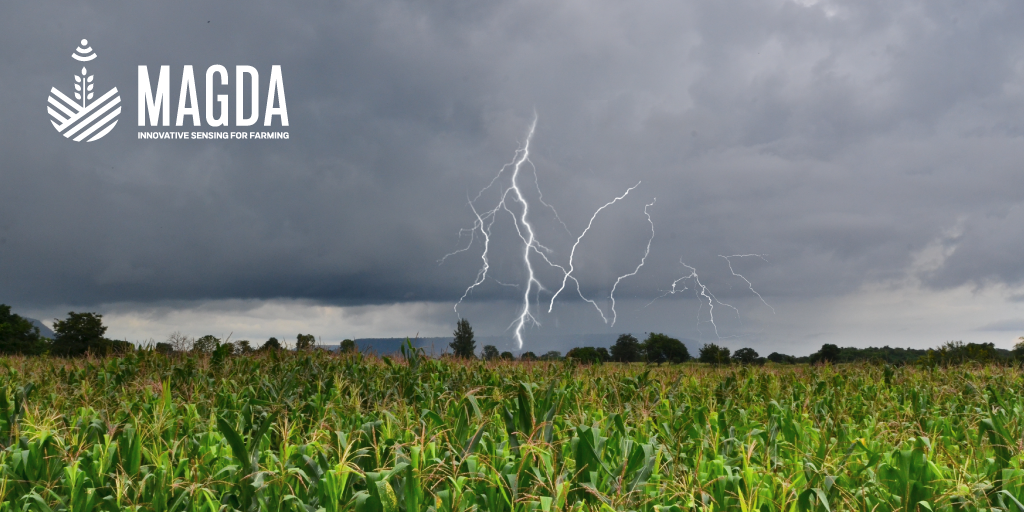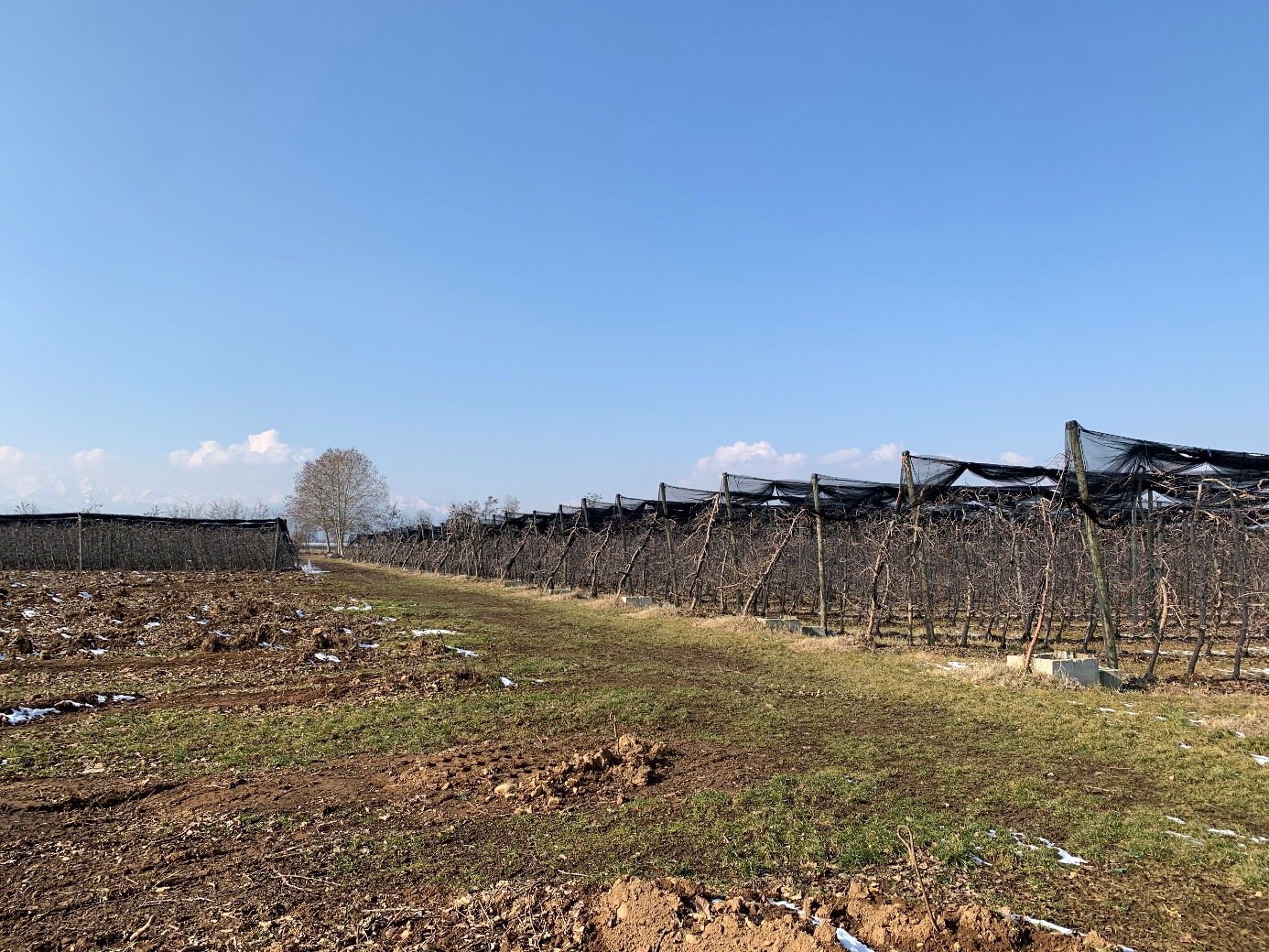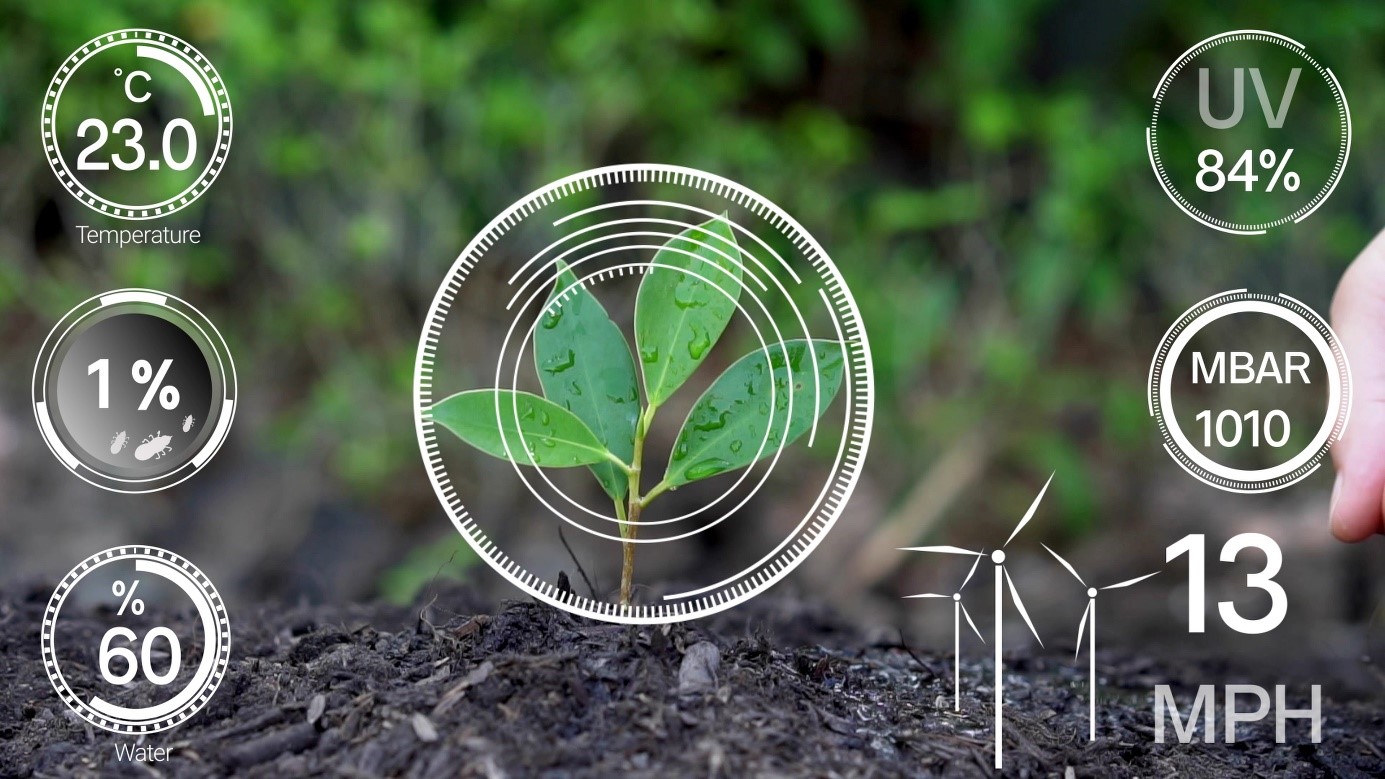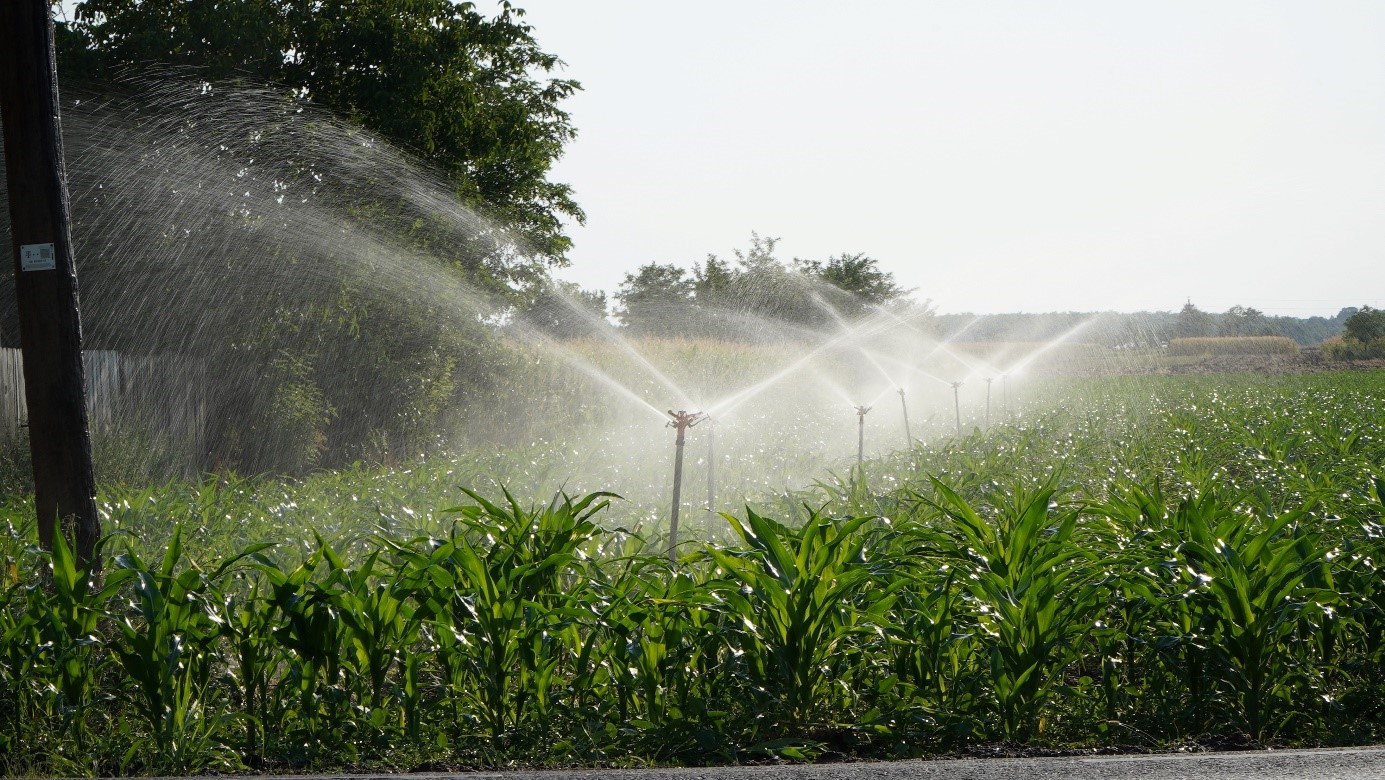
Global Irrigated Areas Expand, Highlighting the Need for Efficient Water Use and Irrigation
The agricultural sector is the largest human-induced water user in most countries. The Food and Agricultural Organization (FAO) of the United Nations reports that around 70% of global water use is withdrawn with an agricultural purpose. Furthermore, by 2030, irrigation water withdrawal is expected to grow by about 14%, according to the FAO irrigated area forecast [1].
In recent years, the global landscape has witnessed a significant increase in irrigated areas, emphasizing the growing importance of optimizing irrigation water usage. As agricultural demands continue rising to meet the world’s food needs, ensuring sustainable water management becomes increasingly crucial.
Hydrological models play a crucial role in improving irrigation practices by providing valuable insights into water availability, water demand, and the overall water balance within an agricultural system. These models aid in water planning and allocation, optimizing irrigation scheduling based on crop water requirements and soil moisture dynamics. They also help assess water use efficiency by comparing model-based estimates with observed irrigation data, enabling identification of areas for improvement.
Within the MAGDA Project, one of the key outcomes will be to deliver an operational irrigation advice using hydrological modelling. The model that will be used is SPHY (Spatial Processes in Hydrology), which has been developed by FutureWater and previously applied in Romania for the same purpose. [2]
Online field-scale irrigation management
In this project a field-scale irrigation planning and management system was setup and tested. The basis for this system is formed by online in-situ ground data on soil moisture content and hydrological model calculations of the root zone and shallow subsoil. Weather stations and soil moisture sensors were installed at two large-scale arable farms in the Banat region in northeast Romania. The information was made available through the Crop-R Online FMS Farm Management System. [3]
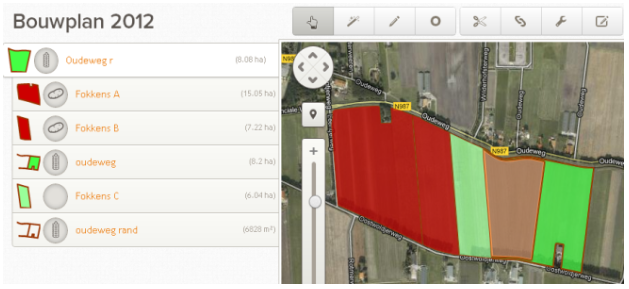
SPHY is a spatially distributed leaky bucket type of model, and is applied on a cell-by-cell basis. The model is written in the Python programming language using the “PCRaster dynamic modelling framework”. Compared to other hydrological models that typically focus on the simulation of streamflow only, the SPHY model has several advantages:
All these aspects are very relevant for an application in operational irrigation management.
Detailed outcomes of the project can be found in the final report
Author Amelia Fernández Rodriguez
References
[2] Simons, G. / W.H. / Van den Eertwegh G.A.P.M. / Droogers P. (2015): Online Parcel-scale Irrigation management in Romania: spatio-temporal soil moisture modeling using SPHY. FutureWater Report 137.
[3] Wehling, M. / Droogers, P. / Terink, W. / Simons, G. / Eeman, S. (2014): ONLine parcel oriented irrigation advice Romania. Optimization of agricultural water resource management by using the SPHY model. Bachelor Thesis Land and water management, Hydrology, Van Hall Larenstein University of Applied Sciences.
Links
https://www.futurewater.eu/projects/irrigation-management-romania/
Image 1: Irrigation in a field, Romania. (shutterstock)
Keywords
Climate change, irrigation, efficiency, hydrological models, Romania, agriculture, water management

